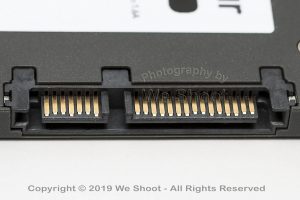We Shoot Photography Of The Day For 3/27/2017
Monday, March 27th, 2017
Click on image to enlarge. Click again to enlarge to full size.
Click on back button to return to post.
Click the “Home” tab above to see earlier posts.
Seattle Product Photography by We Shoot

An external computer hard-drive. Seattle Product Photography by We Shoot.
